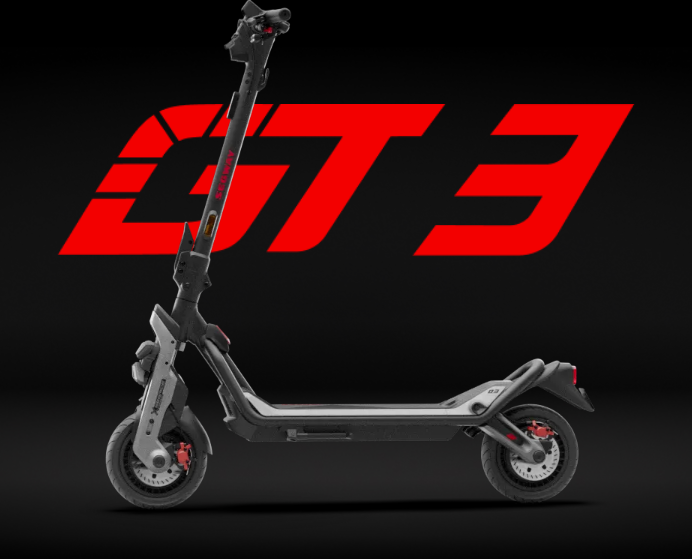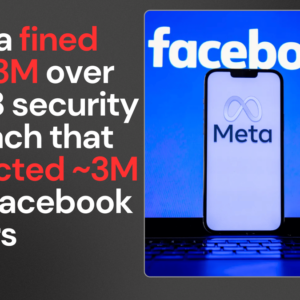Marketing can be tricky. Sometimes, even the best products fail because of poor marketing. In this blog post, we’ll look at some famous marketing mistakes, understand why they happened, and share tips on how brands can avoid these errors. Let’s dive into these stories and learn valuable lessons together!
What Are Some Good Products with Bad Marketing?
Some great products didn’t succeed because their marketing strategies were off. Here are a few examples:
1. Segway
The Segway was introduced in 2001 as a new way to travel. People thought it was cool, but the marketing didn’t explain why someone would need it. As a result, many people didn’t buy it.

2. Microsoft Zune
Microsoft tried to compete with the iPod by launching the Zune. Unfortunately, it came out too late and didn’t offer anything special. The marketing failed to attract enough customers, and the Zune disappeared.

3. Google Glass
Google Glass promised an exciting experience with smart glasses. However, people were worried about privacy and didn’t like how they looked. The marketing didn’t address these concerns, leading to its failure.

4. Amazon Fire Phone
The Amazon Fire Phone was expected to be a hit because it came from Amazon. But it was too expensive and didn’t have features that stood out compared to other phones. The marketing didn’t show why it was worth buying.
These examples show that even amazing products can fail if the marketing doesn’t connect with what people want or need.

What Are the Biggest Marketing Fails?
Some marketing blunders are so big that they grab everyone’s attention. Here are some of the most famous ones:
1. Pepsi’s Kendall Jenner Ad
In 2017, Pepsi released an ad featuring Kendall Jenner that tried to connect with social movements but ended up making fun of them instead. People were upset, and Pepsi had to take the ad down and apologize.
2. Dove’s Body Wash Commercial
Dove created a commercial that seemed to suggest changing skin color through their product. Many people found this offensive, showing how important it is to be sensitive in advertising.
3. New Coke
Coca-Cola tried to change its classic drink in 1985 by introducing “New Coke.” Fans loved the original flavor and rejected the new one, forcing Coca-Cola to bring back the classic drink.
These cases remind us that misunderstanding what people care about can lead to big mistakes.
Failed Marketing Campaigns in 2024
This year has also seen its share of marketing failures:
1. X’s Advertiser Exodus
After Elon Musk bought Twitter (now called X), many advertisers left because they were worried about brand safety amid controversial content. This shows how changes in leadership can affect how people see a brand.
2. Zara’s Insensitive Campaign
Zara faced backlash for an ad featuring mannequins in awkward positions that many thought were insensitive given current global issues. This highlights the need for brands to be aware of cultural sensitivities when creating ads.
3. Bud Light’s Dylan Mulvaney Partnership Fallout
Bud Light partnered with transgender influencer Dylan Mulvaney, which sparked controversy and led to boycotts from some groups. This situation shows how brands need to carefully consider their partnerships and public reactions.
These recent failures remind us that brands must stay aware of public feelings and cultural issues.
How Can Brands Avoid These Mistakes?
Learning from past mistakes is essential for any brand wanting to succeed. Here are some tips to help avoid common pitfalls:
1. Understand Your Audience
Do thorough research to know what your target audience likes and cares about. Tailoring your message can help prevent misunderstandings and backlash.
2. Test Campaigns Before Launching
Before launching major campaigns, test them with small groups or use A/B testing methods to see how people react and improve based on their feedback.
3. Be Culturally Sensitive
Always think about current events and cultural contexts when creating ads. Involving diverse perspectives during the creative process can help avoid offensive content.
4. Monitor Social Media Feedback
Pay attention to how consumers react on social media during campaigns. Quick responses to negative comments can help reduce damage before it gets worse.
By using these strategies, brands can navigate the complex world of modern marketing more effectively.
Conclusion
Marketing is both an art and a science that requires careful thought about what consumers want and how they feel about different messages. By learning from past mistakes whether it’s a great product that didn’t succeed or a campaign that went wrong brands can better prepare themselves for success in today’s marketplace.
Remember, every failure is a chance to learn! Embrace these lessons as you move forward on your own marketing journey.
For more tips on effective marketing strategies, check out this article on best practices for effective marketing.












